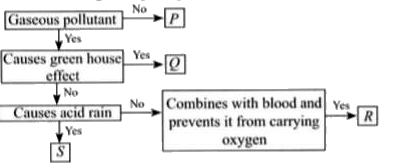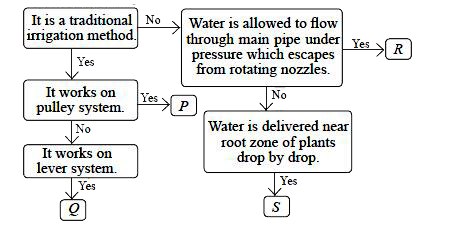Refer to the given figure and select the correct statements regarding it.

P is the site of ribosome synthesis. (ii) R possesses all the genetic information required for growth and development of the organism. (iii) Q is a dense fluid like agranular substance. (iv) P contains DNA while R contains RNA.
(i) and (ii) only
(i), (ii) and (iv) only
(i), (ii) and (iii) only
(iii) and (iv) only
The correct Answer is:A
In the given figure, P, Q and R represent nucleolus, nucleoplasm and chromatin respectively, Nucleoplasm is a dense fluid like granular substance. Nucleolus contains RNA while chromatin contains DNA 17.
Topper's Solved these Questions
Similar Questions
Knowledge Check
Refer to the given Venn diagram and select the correct statement regarding P, Q and R.
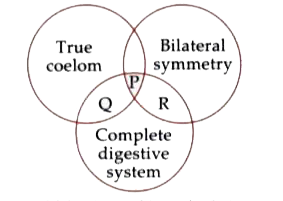 AR could be Enterobius which is parasitic in nature.BP could be Planaria which shows well marked regeneration power.CQ could be Ascaris that excretes through renette cells.DAll of these
AR could be Enterobius which is parasitic in nature.BP could be Planaria which shows well marked regeneration power.CQ could be Ascaris that excretes through renette cells.DAll of theseRefer to the given flow chart and select the correct option regarding P, Q, R and S.
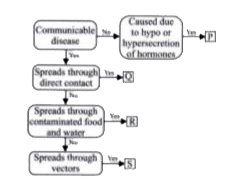 ADisease P is caused due to malfunctioning of exocrine glands while diseases Q, R and S are caused by pathogenic microbes.BS is a communicable disease while Q and R are non communicable diseases.CQ could be hepatitis B while R could be kala azar.DS could be sleeping sickness while R could be cholera.
ADisease P is caused due to malfunctioning of exocrine glands while diseases Q, R and S are caused by pathogenic microbes.BS is a communicable disease while Q and R are non communicable diseases.CQ could be hepatitis B while R could be kala azar.DS could be sleeping sickness while R could be cholera.Study the given figures and select the correct statements regarding these.

(i) Organism P is a unicellular green alga.
(ii) Organism Q is a parasitic protozoan.
(iii) Organism Q causes diseases in human beings.
(iv) Both the organisms P and Q cannot synthesise their own food.A(i) and (ii) onlyB(ii), (iii) and (iv) onlyC(i), (ii) and (iii) onlyD(i), (ii), (iii) and (iv)
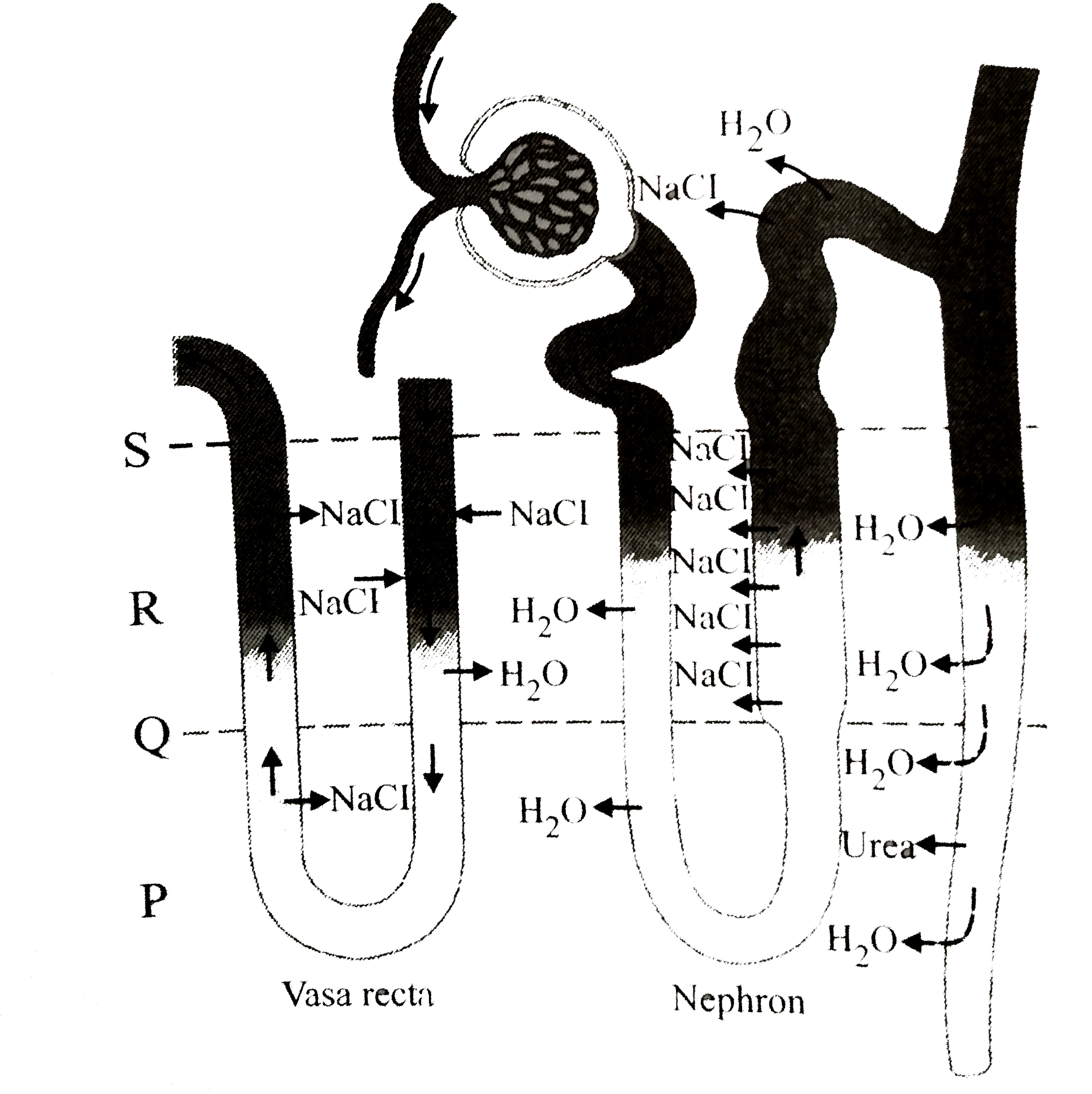
Refer to the given figure and select the correct option representing the osmolarity at P,Q,R and S.
View SolutionRefer to the given figures P, Q, R and S.
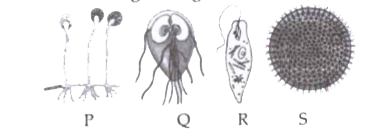
Which of the following statements are correct regarding them?
P is the mould from which penicillin is made.
(ii) Ris considered as connecting link between plants and animals.
(iii) Q and S are parasites which live in the bodies of other organisms including human beings.
(iv) R and S bear chlorophyll and prepare food in the presence of sunlight.
(v) S is colonial form of algae.
View SolutionRefer to the given diagrammatic represention of parts of two different types of tissues , P and Q.
Read the following statements regarding these tissues and select the correct statements .
(i)P is a plant whereas Q is an animal tissue.
(ii)P is the major water conducting tissue in vascular plants and provides mechanical strength to plant body.
(iii)Q is a specialised tissue in animals for receiving stimuli and transmitting messages .
(iv) P is composed of all dead cells whereas Q is composed of all living cells.
View SolutionIdentify the given organisms (P-T) and select the incorrect statement regarding them.
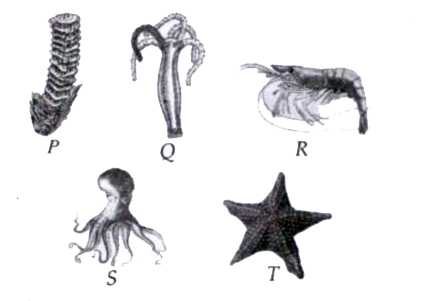
(i) Organisms P, Q and T show tissue level of body organisation.
(ii) Organisms P, S and T are triploblastic animals.
(iii) Organisms R, S and T are eucoelomates.
(iv) Organisms P, R, S and T' possess notochord at some stage of their life.
View SolutionRefer to the given dichotomous key and select the correct option regarding P, Q, R, S and T.
I. (a) Genetic material is not enclosed in nucleus. - Go to II
(b) Genetic material is enclosed in nucleus. - Go to III
II. (a) Lacks cell wall. - P
(b) Possesses cell wall. - Q
III. (a) Unicellular organism - R
(b) Multicellular organism - Go to IV
IV. (a) Plant body is sporophytic and water is required for fertilisation. - S
(b) Plant body is sporophytic and water is not required for fertilisation. - T
View Solution

